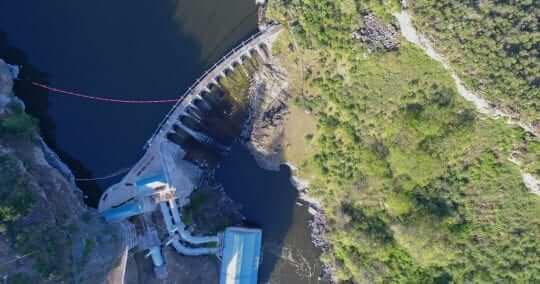California’s nearly 1,500 large dams are aging, and many pose hazards to communities downstream. We talked to Andrew Rypel—co-director of the UC Davis Center for Watershed Sciences, and one of the authors of an article on “deadbeat dams” in California and the nation—about what we should do about this aging dam population.

PPIC: What constitutes a deadbeat dam?
ANDREW RYPEL: These are dams that have outlived their functions and have become less of a benefit and more of a problem. Dams are built for many purposes, but most result in ecological costs to fish and wildlife. And as they age, many become unsafe, especially if they are not maintained. There are 100,000 dams in the US Army Corps of Engineers’ National Inventory of Dams (NID) database, and most are more than 50 years old. California’s dams are even older, with an average age of about 72 years. Like humans, these structures start having health problems as they age. When you live in a seismically active region that is also prone to intense flooding, as California is, it’s critical to evaluate how capable these older dams are of protecting human life in the event of an earthquake or flood.
PPIC: One solution for deadbeat dams is to remove them, but that’s expensive and controversial. How do you prioritize which ones to remove?
AR: Efforts to remove large dams in California have been slow and expensive, but we’ve made some progress—for example, the removal of a dam in Carmel and efforts to remove dams on the Klamath and the Eel Rivers continue. But can California develop a better process than the one we have now—perhaps more aggressive and forward-looking, so we deal with issues before they become bigger, more costly problems? That’s the million-dollar question.
One of the challenges is that so many of the state’s dams are under local management, often with private owners and many different stakeholders. Even though the solutions are inherently local, statewide guidance would help—possibly a blue-ribbon panel that gathers input from the scientific community and dam experts, stakeholder groups, and state leaders. This group could develop a decision-making framework and other tools for prioritizing dam removals.



